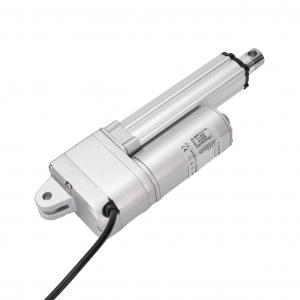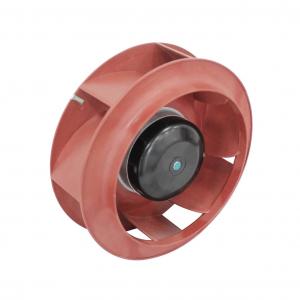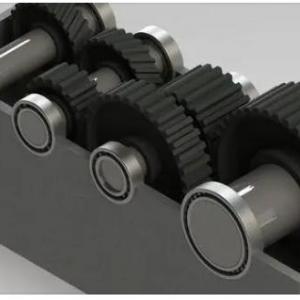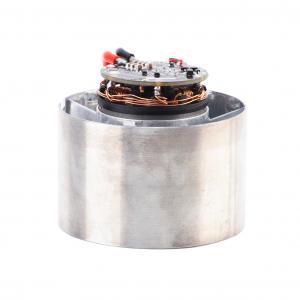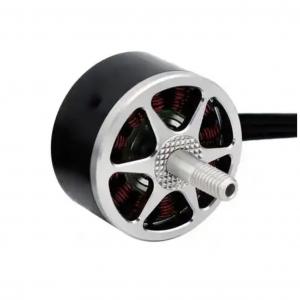How does a linear actuator work?
A linear actuator is a device that creates motion in a straight line, as opposed to the circular motion of a conventional electric motor. It's commonly used in machinery and equipment to push, pull, lift, or position loads. Here’s a breakdown of how it works, depending on the type:
1. Electric Linear Actuator
The most common type uses an electric motor to produce linear motion.
Working Principle:
-
An electric motor (usually DC or AC) turns a rotating screw.
-
The screw is threaded into a nut that cannot rotate but can move linearly.
-
As the screw rotates, the nut moves along the thread, converting rotary motion into linear motion.
-
A rod or shaft is connected to the nut, extending or retracting as the nut moves.
Key components:
-
Electric motor
-
Lead screw or ball screw
-
Nut (often called a drive nut or actuator nut)
-
Guide rails and housing
-
Limit switches or sensors (to stop movement at desired positions)
Applications: Adjustable beds, solar trackers, factory automation, robotics.
2. Hydraulic Linear Actuator
Uses pressurized hydraulic fluid (oil) to produce motion.
Working Principle:
-
Fluid is pumped into a cylinder containing a piston.
-
The pressure of the fluid forces the piston to move linearly.
-
Reversing the fluid flow causes the piston to move in the opposite direction.
Applications: Construction equipment (e.g., excavators), industrial presses.
3. Pneumatic Linear Actuator
Similar to the hydraulic version but uses compressed air instead of oil.
Working Principle:
-
Compressed air enters a chamber and pushes a piston.
-
The piston slides along a cylinder, creating linear motion.
-
Air is released or redirected to retract the piston.
Applications: Factory automation, packaging machinery, robotics.
Summary Table
| Type | Power Source | Pros | Cons |
|---|---|---|---|
| Electric | Electricity | Precise, clean, easy to control | Limited force, slower |
| Hydraulic | Hydraulic fluid | High force, strong & durable | Complex, potential leaks |
| Pneumatic | Compressed air | Fast, simple, low cost | Less precise, noisy |
Let me know if you want diagrams or an animation!
